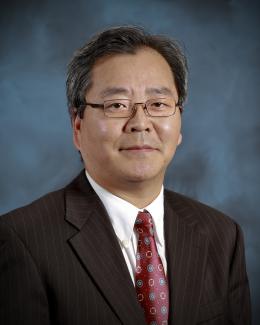Abstract
Soil carbon dynamics of terrestrial ecosystems play a significant role in the global carbon cycle. Microbial-based decomposition models have seen much growth recently for quantifying this role, yet dormancy as a common strategy used by microorganisms has not usually been represented and tested in these models against field observations. Here we developed an explicit microbial-enzyme decomposition model and examined model performance with and without representation of microbial dormancy at six temperate forest sites of different forest types. We then extrapolated the model to global temperate forest ecosystems to investigate biogeochemical controls on soil heterotrophic respiration and microbial dormancy dynamics at different temporal-spatial scales. The dormancy model consistently produced better match with field-observed heterotrophic soil CO2 efflux (RH) than the no dormancy model. Our regional modeling results further indicated that models with dormancy were able to produce more realistic magnitude of microbial biomass (<2% of soil organic carbon) and soil RH (7.5 ± 2.4 Pg C yr−1). Spatial correlation analysis showed that soil organic carbon content was the dominating factor (correlation coefficient = 0.4–0.6) in the simulated spatial pattern of soil RH with both models. In contrast to strong temporal and local controls of soil temperature and moisture on microbial dormancy, our modeling results showed that soil carbon-to-nitrogen ratio (C:N) was a major regulating factor at regional scales (correlation coefficient = −0.43 to −0.58), indicating scale-dependent biogeochemical controls on microbial dynamics. Our findings suggest that incorporating microbial dormancy could improve the realism of microbial-based decomposition models and enhance the integration of soil experiments and mechanistically based modeling.


